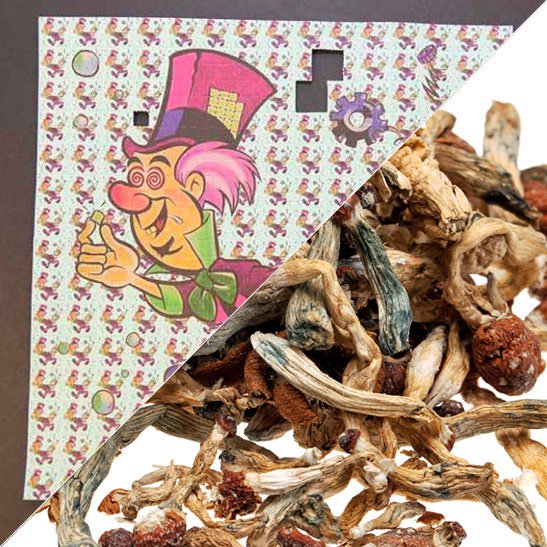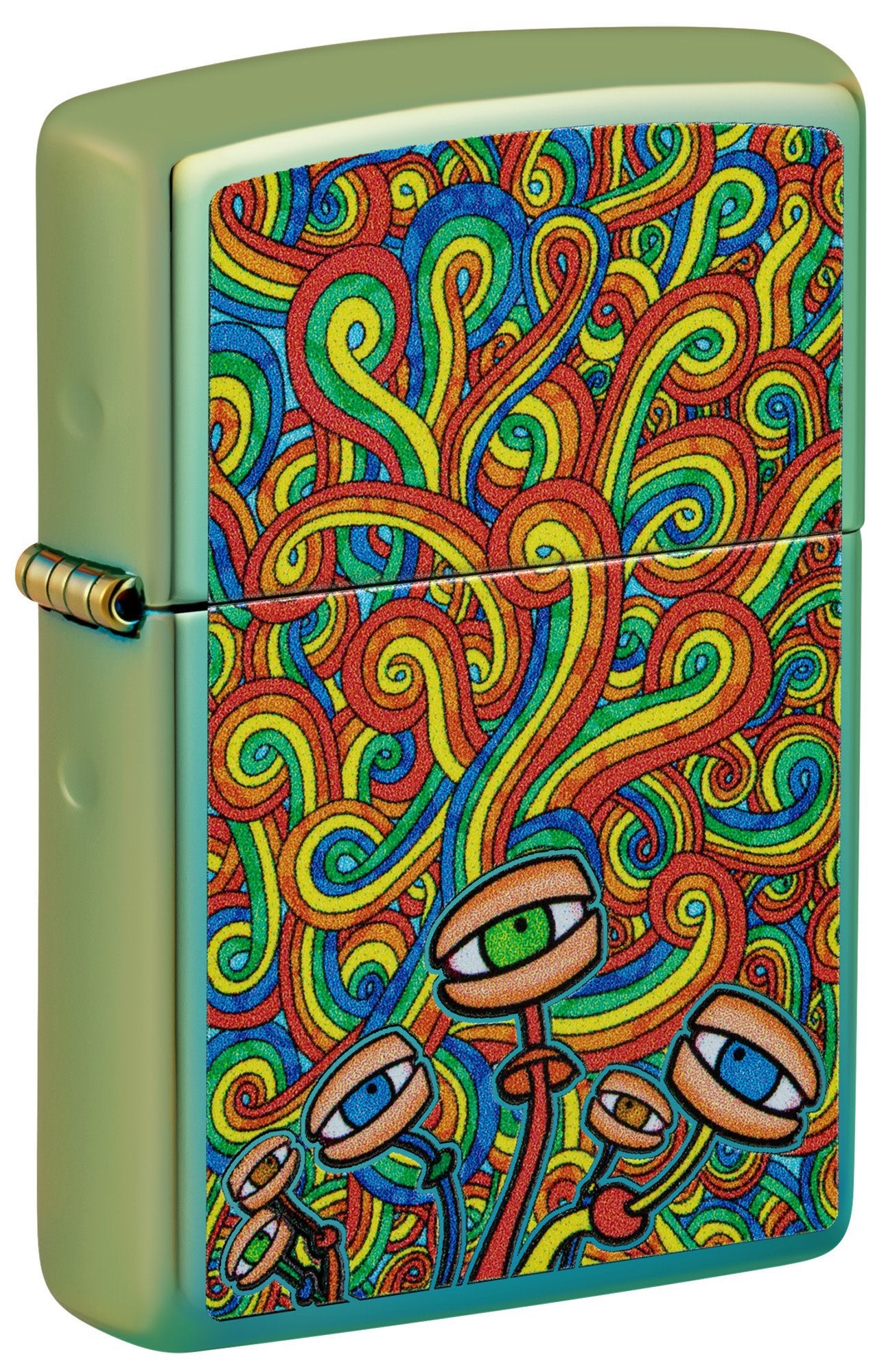All Regarding Psychotomimetic Compounds: Their Role in Psychological Study
Psychotomimetic compounds, such as LSD and psilocybin, have amassed enhancing rate of interest in psychological research for their capacity to reproduce psychotic signs and supply insight into numerous mental health disorders. Their communications within the brain, particularly via serotonin and dopamine pathways, suggest a complex partnership in between awareness and neurobiology that might unlock novel restorative avenues. As researchers continue to examine their possible applications, honest considerations surrounding their use in clinical settings end up being paramount, increasing crucial inquiries about safety and security and educated approval that necessitate additional exploration.
Meaning of Psychotomimetic Substances
In the world of mental research, psychotomimetic substances are materials that can generate impacts looking like those of psychosis, such as hallucinations, delusions, and transformed assumptions of reality - About Golden Psycho. These substances can be classified into various categories, consisting of hallucinogens, dissociatives, and specific energizers, each creating distinct mental impacts
The medicinal activity of psychotomimetic substances commonly includes modulation of natural chemical systems, particularly those related to serotonin, dopamine, and glutamate. As an example, substances like lysergic acid diethylamide (LSD) mainly act upon serotonin receptors, bring about extensive modifications in sensory perception and cognition.
The energy of psychotomimetics in research hinges on their ability to resemble psychotic signs, offering a model for recognizing the hidden mechanisms of psychotic conditions such as schizophrenia. By researching the effects of these substances, researchers can acquire understandings right into the neurobiological and mental processes that add to psychosis.
In addition, psychotomimetic compounds have actually been discovered for their healing potential in dealing with different mental health conditions, consisting of anxiety and stress and anxiety, highlighting their twin duty in both research and potential scientific applications.
Historical Growth and Context
The exploration of psychotomimetic compounds has an abundant historical context that goes back to ancient worlds, where materials such as psilocybin mushrooms and peyote were utilized in spiritual and recovery practices. These very early usages usually intertwined with religious routines, suggesting a profound reverence for the modified states of consciousness induced by these substances.
The mid-20th century marked a considerable transition in the research study of psychotomimetic substances, specifically with the synthesis of LSD by Albert Hofmann in 1938. The subsequent popularization of LSD in the 1960s catalyzed a wave of rate of interest in both its emotional effects and prospective therapeutic applications. Scientists began to check out just how these materials could mimic psychotic states, giving insights into mental disease.
However, the increasing association of psychotomimetics with counterculture motions led to governing backlash, finishing in the criminalization of most of these substances. Despite these challenges, the renewal of rate of interest in the restorative potential of psychedelics in the 21st century has actually triggered renewed study. This historical trajectory underscores the evolving assumption of psychotomimetic substances, changing from sacred compounds to topics of scientific questions and, potentially, restorative assurance.
Mechanisms of Activity
Understanding the devices of action of psychotomimetic compounds exposes the intricate methods these substances communicate with the mind's neurochemistry. These compounds mostly exert their results through inflection of neurotransmitter systems, especially serotonin, dopamine, and glutamate. For instance, lots of timeless psychedelics, such as psilocybin and LSD, mostly serve as agonists at serotonin 5-HT2A receptors, leading to altered perception and cognition. This communication not only impacts sensory handling but likewise boosts psychological and introspective experiences.
Along with serotonin, dopaminergic pathways are dramatically affected by compounds like mescaline and particular cannabinoids, which can lead to transformed states of awareness and modifications in state of mind and motivation. Additionally, the NMDA receptor incongruity observed with substances like ketamine highlights an additional pathway with which psychotomimetics may generate dissociative states and extensive changes in assumed procedures.
The neurochemical cascades started by these interactions lead to facility and multifaceted psychological effects. Comprehending these mechanisms is crucial for both the development of mental research and the restorative possibility of psychotomimetic substances, as they provide insights right into the underlying neural correlates of modified states of consciousness.
Current Research and Applications
Recent investigations into psychotomimetic substances have actually exposed a revival of rate of interest in their healing applications, especially in the fields of psychiatry and psychology. Researchers have begun exploring substances such as psilocybin, LSD, and ayahuasca for their possible to ease signs linked with different mental health and wellness problems, consisting of depression, anxiety, and PTSD.
Clinical tests have actually demonstrated that, when administered in controlled settings, these compounds can facilitate extensive psychological experiences, promoting psychological breakthroughs Going Here and improved healing end results. Research studies have shown that psilocybin-assisted treatment can lead to substantial reductions in treatment-resistant clinical depression, with impacts lasting for numerous months post-treatment.
Additionally, psychotomimetic substances are being reviewed for their capability to foster neuroplasticity, potentially enabling more efficient rewiring of maladaptive idea patterns. These findings recommend that such substances might offer as adjuncts to conventional psychotherapeutic approaches, improving the efficacy of restorative interventions.
As research study progresses, the emphasis is shifting towards recognizing the ideal dosages, healing settings, and participant qualities that can make best use of the advantages of these compounds. This burgeoning area holds assurance for transforming psychological health therapy paradigms and dealing with the restrictions of conventional psychiatric drugs.
Ethical Factors To Consider in Research Study

Browsing the moral landscape of research study involving psychotomimetic substances is important to making certain participant safety and the honesty of research study results. Researchers should focus on educated approval, guaranteeing that individuals fully comprehend check that the prospective threats and benefits related to the materials being studied. This includes supplying comprehensive details concerning feasible emotional effects, including intense and long-lasting impacts, and enabling individuals the chance to take out from the research study at any moment scot-free.
In addition, honest oversight by institutional evaluation boards (IRBs) is essential. IRBs examine study methods to protect individual well-being and copyright ethical criteria. This examination assists minimize threats and makes sure that studies are conducted with scientific rigor. In addition, the potential for browbeating have to be very carefully examined, especially when prone populaces are included.
Discretion is one more critical consideration. Researchers have to carry out robust measures to shield individuals' identities and information, especially given the delicate nature of experiences related to psychotomimetic compounds (About Golden Psycho). Ultimately, a dedication to ethical techniques not only fosters trust fund between scientists and participants but additionally improves the reliability and legitimacy of the research study outcomes, adding to the development of emotional understanding

Verdict
To go now conclude, psychotomimetic compounds, particularly traditional psychedelics such as LSD and psilocybin, offer substantial insights right into mental problems with their unique devices of action. Their restorative potential in resolving conditions like anxiousness and PTSD highlights the importance of continued study in this field. Ensuring honest requirements in research study methods is essential for individual safety and security and notified consent, enabling for a liable exploration of these compounds' advantages and effects within psychological science.